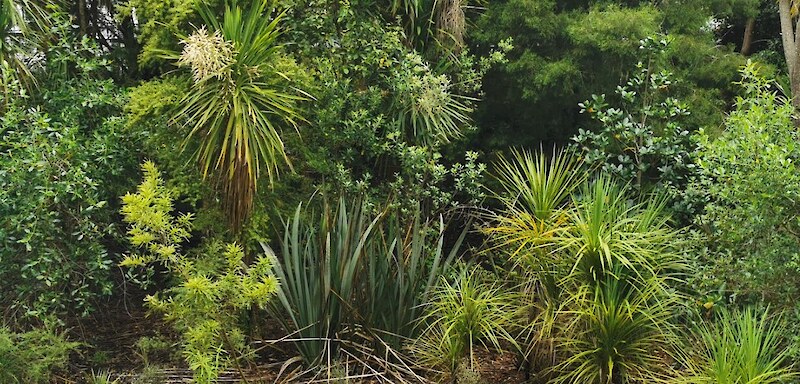
The more trees we have the healthier we are, both physically and mentally. But the urban ngāhere is under attack. Auckland Council’s 2019 Auckland’s Urban Ngahere (Forest) Strategy has set a target of achieving 30% tree cover across the city. that includes parks, reserves, community gardens, road corridors, green roofs and more. So how are we doing?
The answer is not that well. In the last report (coverging 2013-18) only the North Shore’s Kaipātiki local board has achieved that goal with 32%. Albert-Eden (22%, up from 20%) and Waitematā (21%, up from 19%) are above the regional average (18%) and are doing pretty well compared to parts of South Auckland (under 10%). But that is no reason for complacency.
Phil Goff’s Million Trees Programme got trees in the ground, but only small ones. Many of these will one day become large trees, but that takes decades. In the meantime, lots of large trees (which brilliantly sequester carbon, regulate water and provide shade) are being lost to in-fill housing and densification.
Urban Ark is particularly interested in preserving what remains of the lava rock forests which once blanketed the cental isthmus.
What can you do?
Tree-nesting birds, bats, wētā and many other native species we want to encourage rely on old and decaying trees. Before you have a tree cut down, consider whether its removal is really necessary. Could you leave part of it?
Nominate a notable tree for inclusion on the database. It will be assessed…
Check if a tree is protected by looking at the Council GIS. The same database sets out Significant Ecological Areas.
